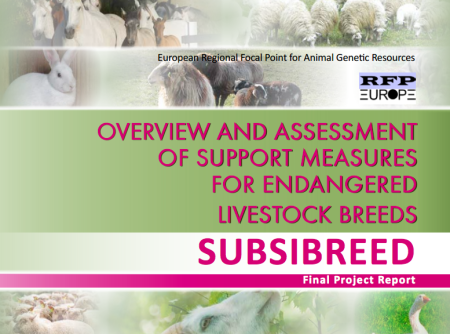The most obvious impact has been on the pigs themselves. Until the 1980s farms as large as Mr Ouyang’s were unknown: 95% of Chinese pigs came from smallholdings with fewer than five animals. Today just 20% come from these backyard farms, says Mindi Schneider of the International Institute of Social Studies in The Hague. Some industrial facilities, often owned by the state or by multinationals, produce as many as 100,000 swine a year. These are born and live for ever on slatted metal beds; most never see direct sunlight; very few ever get to breed. The pigs themselves have changed physically, too. Three foreign breeds now account for 95% of them; to preserve its own kinds, China has a national gene bank (basically a giant freezer of pig semen) and a network of indigenous-pig menageries. Nevertheless, scores of ancient variants may soon die out.
That comes from an article in the Christmas edition of The Economist dissecting the consequences of the vertiginous increase in pork consumption in China since the liberalization of agriculture in the 1970s. I tried to find out more about that pig genebank, but it hasn’t been easy. The Country Report for the First Report on the State of the World’s Animal Genetic Resources mentions State Domestic Animal Gene Banks in Beijing and Jiangsu, but adds few details. I suspect the institute in question is CAAS’s Institute of Animal Sciences, but its website does not help much. Wherever it is, the Chinese national pig genebank is going to be busy. DAD-IS lists something like 125 named pig breeds from China, from the Anqing Six White to the Zhejiang Middle Large. One of them — the Wuzhishan — has even had its genome sequenced. On the other hand, it may not be so bad, as according to a 2003 paper, “extensive research on pig genetic diversity in China indicates that these 18 Chinese indigenous breeds may have one common ancestor…”
Incidentally, another agrobiodiversity-themed article in the same issue of the magazine deals with the turkey, and is a nice complement to Jeremy’s two forays into that succulent subject over at Eat This Podcast.
